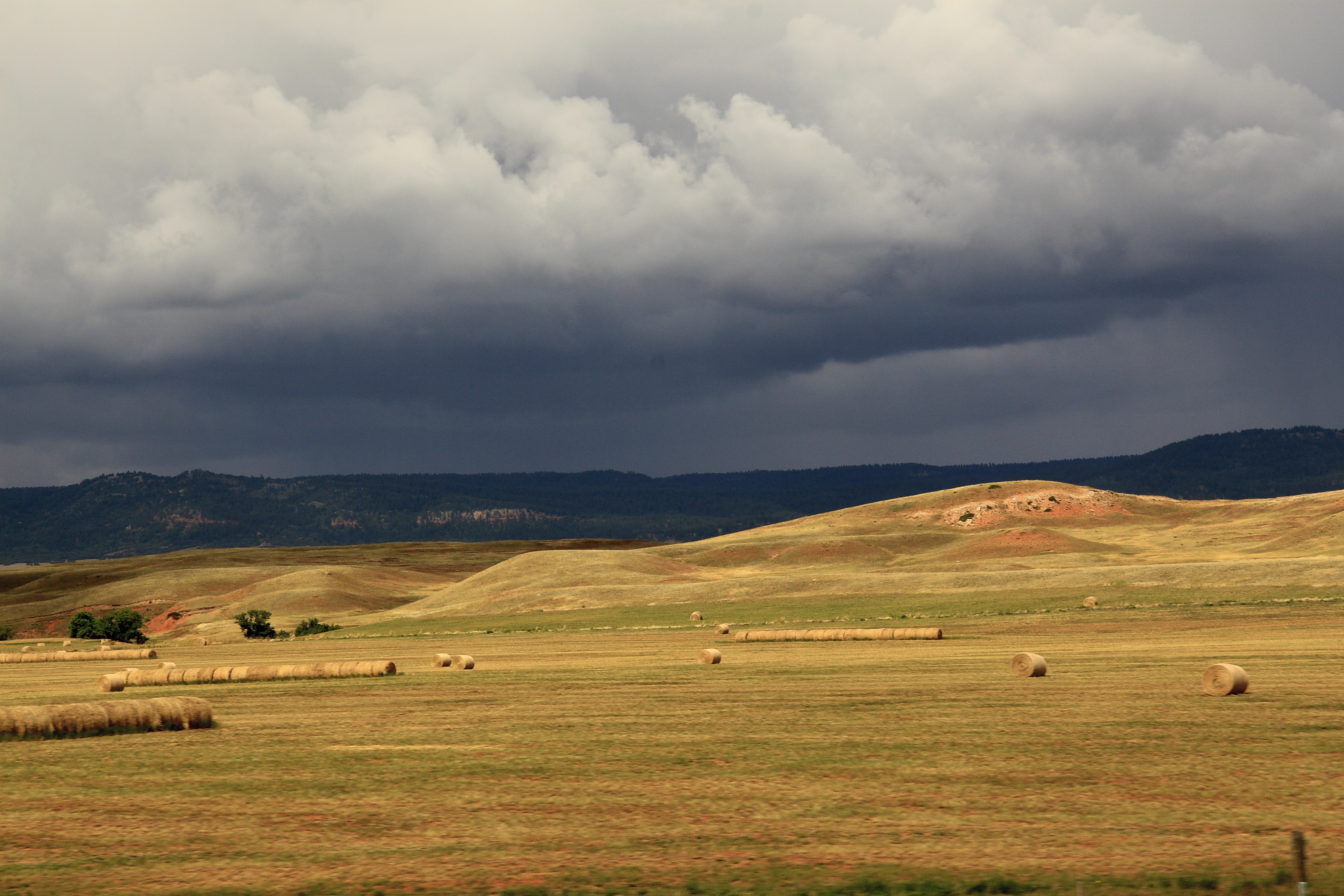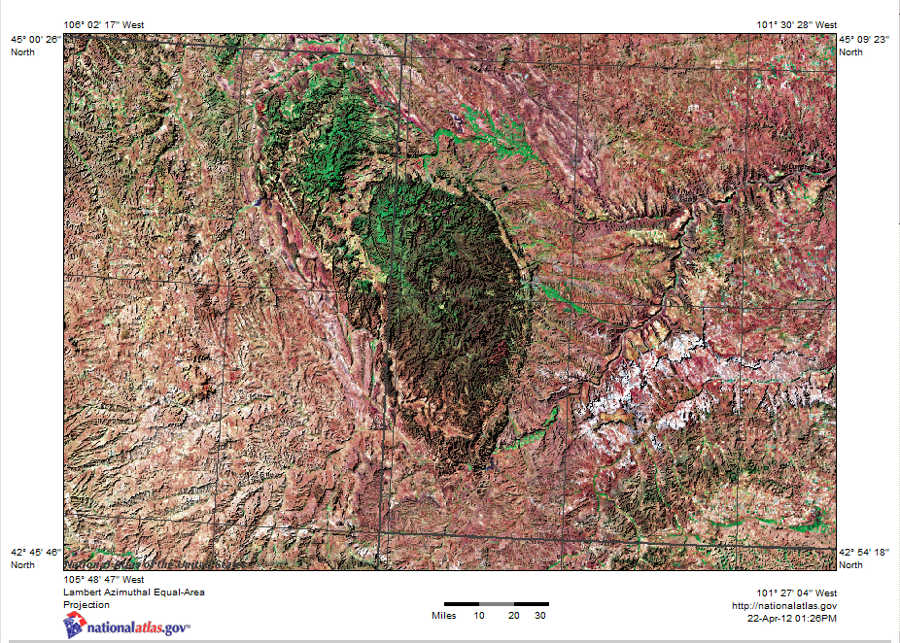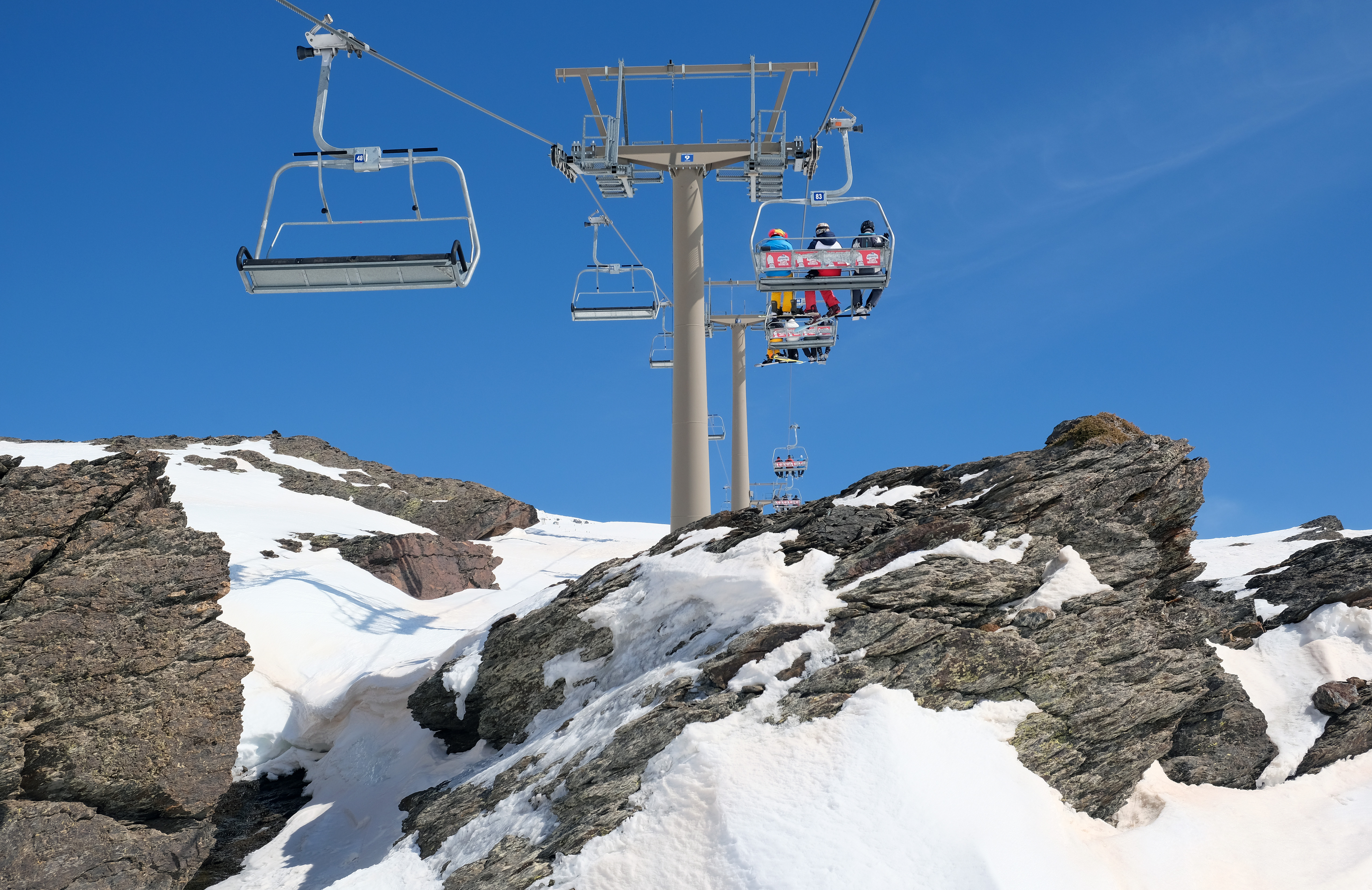|
Mystic Miner Ski Resort
Mystic Miner Ski Resort is a defunct ski resort, in the Black Hills, just outside Lead, South Dakota, in the United States. Deer Mountain has a vertical drop of 699 feet. The summit of Deer Mountain is at 6,850 feet. Ski area description *44 runs *3 lifts *Terrain park A terrain park or snow park is an outdoor recreation area containing terrain that allows skiers, snowboarders and snowbikers to perform tricks. Terrain parks have their roots in skateparks and many of the features are common to both. From their ... *Snowmaking *Ski and snowboard rental External links Deer Mountain's website References Black Hills Buildings and structures in Lawrence County, South Dakota Ski areas and resorts in South Dakota Tourist attractions in Lawrence County, South Dakota {{SouthDakota-sport-stub ... [...More Info...] [...Related Items...] OR: [Wikipedia] [Google] [Baidu] |
Lawrence County, South Dakota
Lawrence County is a county in the U.S. state of South Dakota. As of the 2020 United States Census, the population was 25,768. Its county seat is Deadwood. Lawrence County is coextensive with the Spearfish, SD Micropolitan Statistical Area, which is also included in the Rapid City-Spearfish, SD Combined Statistical Area. History Lawrence County was created January 11, 1875, and was organized in 1877. The county was named for "Colonel" John Lawrence, who came to the county as first treasurer in 1877. Lawrence had previously served in the Dakota Territorial Legislature, as a Sergeant at Arms for the United States House of Representatives, and a US Marshal for the Dakota territory. After retirement, he continued to act as county road supervisor and as an election judge. The title "Colonel" was honorary, bestowed by the governor of the Dakota Territory. Geography Lawrence County lies on the west side of South Dakota. Its west boundary line abuts the east boundary line of the st ... [...More Info...] [...Related Items...] OR: [Wikipedia] [Google] [Baidu] |
Lead, South Dakota
Lead ( ) is a city in Lawrence County, South Dakota, Lawrence County, South Dakota, United States. The population was 2,982 at the 2020 United States Census, 2020 census. Lead is located in western South Dakota, in the Black Hills near the Wyoming state line. History The city was officially founded on July 10, 1876, after the discovery of gold. The city was named for the leads or lodes of the deposits of valuable ores. It is the site of the Homestake Mine (South Dakota), Homestake Mine, the largest, deepest () and most productive gold mine in the Western Hemisphere before closing in January 2002. By 1910, Lead had a population of 8,382, making it the second largest town in South Dakota. Lead was founded as a company town by the Homestake Mining Company, which ran the nearby Homestake Mine. Phoebe Hearst, wife of George Hearst, one of the principals, was instrumental in making Lead more livable. She established the Hearst Free Public Library in town, and in 1900 the Hearst Free ... [...More Info...] [...Related Items...] OR: [Wikipedia] [Google] [Baidu] |
South Dakota
South Dakota (; Sioux language, Sioux: , ) is a U.S. state in the West North Central states, North Central region of the United States. It is also part of the Great Plains. South Dakota is named after the Lakota people, Lakota and Dakota people, Dakota Sioux Native Americans in the United States, Native American tribes, who comprise a large portion of the population with nine Indian reservation, reservations currently in the state and have historically dominated the territory. South Dakota is the List of U.S. states and territories by area, seventeenth largest by area, but the List of U.S. states and territories by population, 5th least populous, and the List of U.S. states and territories by population density, 5th least densely populated of the List of U.S. states, 50 United States. As the southern part of the former Dakota Territory, South Dakota became a state on November 2, 1889, simultaneously with North Dakota. They are the 39th and 40th states admitted to the union; Pr ... [...More Info...] [...Related Items...] OR: [Wikipedia] [Google] [Baidu] |
Foot (length)
The foot ( feet), standard symbol: ft, is a unit of length in the British imperial and United States customary systems of measurement. The prime symbol, , is a customarily used alternative symbol. Since the International Yard and Pound Agreement of 1959, one foot is defined as 0.3048 meters exactly. In both customary and imperial units, one foot comprises 12 inches and one yard comprises three feet. Historically the "foot" was a part of many local systems of units, including the Greek, Roman, Chinese, French, and English systems. It varied in length from country to country, from city to city, and sometimes from trade to trade. Its length was usually between 250 mm and 335 mm and was generally, but not always, subdivided into 12 inches or 16 digits. The United States is the only industrialized nation that uses the international foot and the survey foot (a customary unit of length) in preference to the meter in its commercial, engineer ... [...More Info...] [...Related Items...] OR: [Wikipedia] [Google] [Baidu] |
Black Hills
The Black Hills ( lkt, Ȟe Sápa; chy, Moʼȯhta-voʼhonáaeva; hid, awaxaawi shiibisha) is an isolated mountain range rising from the Great Plains of North America in western South Dakota and extending into Wyoming, United States. Black Elk Peak (formerly known as Harney Peak), which rises to , is the range's highest summit. The Black Hills encompass the Black Hills National Forest. The name of the hills in Lakota is ', meaning “the heart of everything that is." The Black Hills are considered a holy site. The hills are so called because of their dark appearance from a distance, as they are covered in evergreen trees. Native Americans have a long history in the Black Hills and consider it a sacred site. After conquering the Cheyenne in 1776, the Lakota took the territory of the Black Hills, which became central to their culture. In 1868, the U.S. government signed the Fort Laramie Treaty of 1868, establishing the Great Sioux Reservation west of the Missouri River, and exempt ... [...More Info...] [...Related Items...] OR: [Wikipedia] [Google] [Baidu] |
Chairlift
An elevated passenger ropeway, or chairlift, is a type of aerial lift, which consists of a continuously circulating steel wire rope loop strung between two end terminals and usually over intermediate towers, carrying a series of chairs. They are the primary onhill transport at most ski areas (in such cases referred to as 'ski lifts'), but are also found at amusement parks, various tourist attractions, and increasingly in urban transport. Depending on carrier size and loading efficiency, a passenger ropeway can move up to 4000 people per hour, and the fastest lifts achieve operating speeds of up to or . The two-person double chair, which for many years was the workhorse of the ski industry, can move roughly 1200 people per hour at rope speeds of up to . The four person detachable chairlift ("high-speed quad") can transport 2400 people per hour with an average rope speed of . Some bi and tri cable elevated ropeways and reversible tramways achieve much greater operating speeds ... [...More Info...] [...Related Items...] OR: [Wikipedia] [Google] [Baidu] |
Terrain Park
A terrain park or snow park is an outdoor recreation area containing terrain that allows skiers, snowboarders and snowbikers to perform tricks. Terrain parks have their roots in skateparks and many of the features are common to both. From their inception to as recently as the 1980s, ski areas generally banned jumping and any kind of aerial maneuvers, usually under penalty of revoking the offender's lift ticket. By the 1990s, most areas provided snow features specifically catering to aerial snowsports. One of the first in-bounds terrain parks was the snowboard park built in 1990 at Vail's (Colorado) resort. The park was copied soon in other resorts. Today most resorts have terrain parks, with many having multiple parks of various difficulty. Some resorts are almost exclusively terrain parks such as Echo Mountain Park in Evergreen, Colorado and Snow Park in Wanaka, New Zealand. In Colorado there has been a recent trend for defunct resorts such as Squaw Pass (now Echo Mountain ... [...More Info...] [...Related Items...] OR: [Wikipedia] [Google] [Baidu] |
Buildings And Structures In Lawrence County, South Dakota
A building, or edifice, is an enclosed structure with a roof and walls standing more or less permanently in one place, such as a house or factory (although there's also portable buildings). Buildings come in a variety of sizes, shapes, and functions, and have been adapted throughout history for a wide number of factors, from building materials available, to weather conditions, land prices, ground conditions, specific uses, prestige, and aesthetic reasons. To better understand the term ''building'' compare the list of nonbuilding structures. Buildings serve several societal needs – primarily as shelter from weather, security, living space, privacy, to store belongings, and to comfortably live and work. A building as a shelter represents a physical division of the human habitat (a place of comfort and safety) and the ''outside'' (a place that at times may be harsh and harmful). Ever since the first cave paintings, buildings have also become objects or canvasses of much artistic ... [...More Info...] [...Related Items...] OR: [Wikipedia] [Google] [Baidu] |
Ski Areas And Resorts In South Dakota
A ski is a narrow strip of semi-rigid material worn underfoot to glide over snow. Substantially longer than wide and characteristically employed in pairs, skis are attached to ski boots with ski bindings, with either a free, lockable, or partially secured heel. For climbing slopes, ski skins (originally made of seal fur, but now made of synthetic materials) can be attached at the base of the ski. Originally intended as an aid to travel over snow, they are now mainly used recreationally in the sport of skiing. Etymology and usage The word ''ski'' comes from the Old Norse word which means "cleft wood", "stick of wood" or "ski". In Old Norse common phrases describing skiing were ''fara á skíðum'' (to travel, move fast on skis), ''renna'' (to move swiftly) and ''skríða á skíðum'' (to stride on skis). In modern Norwegian the word ''ski'' has largely retained the Old Norse meaning in words for split firewood, wood building materials (such as bargeboards) and roundpole fence ... [...More Info...] [...Related Items...] OR: [Wikipedia] [Google] [Baidu] |







